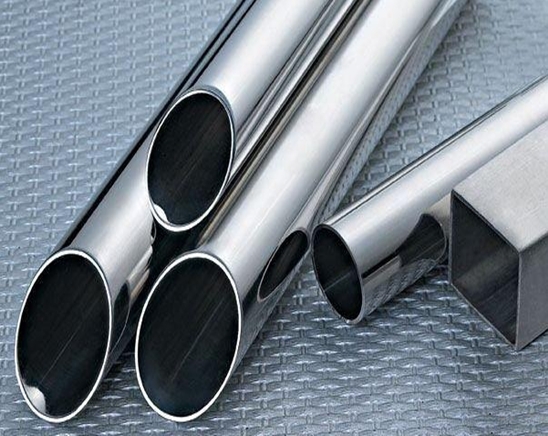There are significant differences between 304 stainless steel and 316 stainless steel in terms of chemical composition, corrosion resistance, mechanical properties and scope of application.
First of all, the main composition of 304 stainless steel includes 18% chromium and 8% nickel, so it is also known as 18-8 stainless steel.
It has good corrosion and high temperature resistance and is suitable for general atmospheric or mildly corrosive environments.
However, in environments with high chloride content, 304 stainless steel is not as corrosion resistant as 316 stainless steel.
In contrast, 316 stainless steel is enhanced by the addition of molybdenum (typically 2-3%) to increase its resistance to chlorides and acidic environments,
and therefore performs better in marine environments or industrial environments containing high levels of chloride ions.
In terms of mechanical properties, 316 stainless steel typically exhibits better ductility and toughness due to its higher nickel and molybdenum content.
This makes it more suitable for applications that require high strength and toughness. In addition,
316 stainless steel also has better low-temperature impact toughness at very low temperatures, making it suitable for applications subject to extreme temperature changes.
In terms of price, the cost of 316 stainless steel is usually higher than that of 304 stainless steel due to its more complex alloy composition and the presence of valuable molybdenum.
Therefore, when choosing a stainless steel material, it is necessary to weigh the cost-effectiveness of the specific application. For example,
the use of 316 stainless steel may be necessary in marine environments or highly chlorinated environments,
whereas the use of 304 stainless steel is more economical in general atmospheric environments.

Contact: Rocky
Phone: 15618076237
E-mail: info@marinehardwaretech.com
Whatsapp:
Add: Qingdao, Shandong Province, China
We chat
